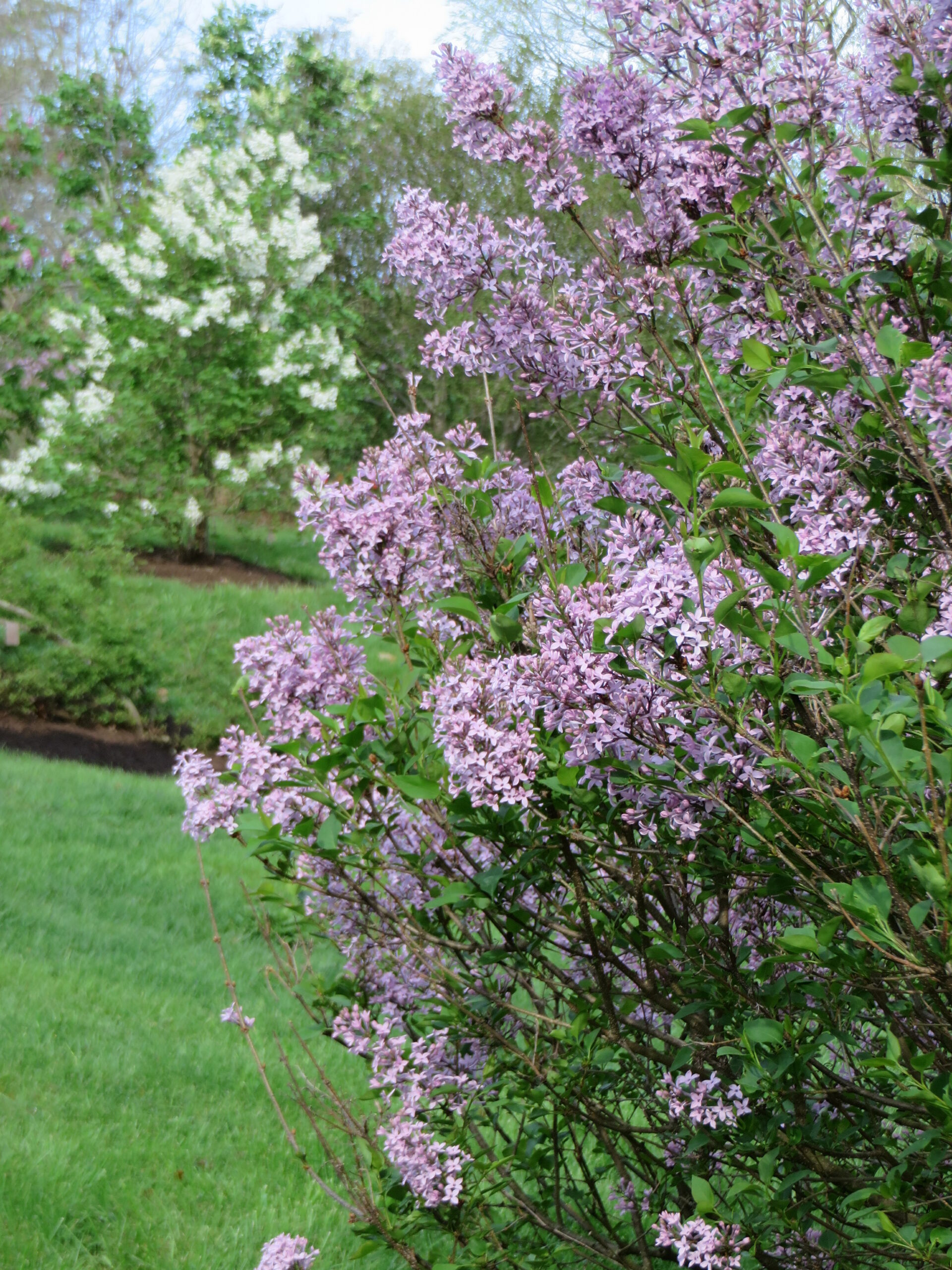‘Purple Haze’ Lilac
Syringa ‘Purple Haze’

- Accession Number
- The alpha-numeric value assigned to a plant when it is added to the living collection as a way of identifying it.
- Accession Date
- The year the plant’s accession number was assigned.
- Common Name
- The non-scientific name for the plant.
- Scientific Name
- The scientific name describes the species of an organism. The first word is the plant's scientific genus and the second is the specific epithet. This two-word binomial is sometimes followed by other taxonomic descriptors, including subspecies (denoted by "ssp."), variety (denoted by "var."), form (denoted by "f." or "forma"), and cultivar (denoted by single quotation marks).
- Plant Family
- The family to which the plant belongs.
- Propagation Material
- The first part (material code) describes the material used to create the plant. The most common codes are "SD" (seed), "EX" (existing plant), "PT" (plant), "CT" (cutting), "SC" (scion), "SG" (seedling), and "GR" (graft). The second part describes the lineage the plant is derived from. The last part describes the year of propagation.
- Collection Data
- The first part indicates provenance (place or source of origin) using a letter code ("W" = wild, "G" = garden, "Z" = indirect wild, "U" = uncertain). The second part lists the plant source. For wild-collected material, the collector, collection number, and country are given.
- Location
- The location of the plant on the landscape.
ARNOLD ARBORETUM
Abundant light purple blossoms on a tidy, rounded shrub make Purple Haze a favorite among lilac collections. Bred by former Arboretum plant propagator Jack Alexander and named after a Jimi Hendrix tune, this lilac will put a spell on you.
The original plant (AA 2-92*C) from which the clone was derived, was accessioned in 1992. It was selected by then plant propagator Jack Alexander from a group of six seedlings in May 2002. The parents of the controlled cross are Syringa protolaciniata, received as cuttings from the Botanic Garden of the University of Copenhagen, Denmark; collected in Barbur Jabul, Afghanistan by Dr. Klaus Ferdinand, and S. vulgaris. It is believed to be the first successful cross of these two species. Plants were introduced and distributed by the Arnold Arboretum’s Plant Introduction, Promotion, and Distribution (PIPD) program in 2006. Jack Alexander, a great fan of the musician Jimi Hendrix, named this cultivar and another lilac introduction, Syringa ‘Foxey Lady’ after songs in the Hendrix catalog. This sterile cultivar blooms year after year without needing deadheading, or the removal of spent flower heads. Its rounded form makes it a well-behaved plant in the landscape.
Massachusetts
Viewing this plant in-person? Look for these defining characteristics:
About Our Collection
Fun Facts
Stats
- Living Specimens
- Specimens Dead or Removed
- First Addition
- Most Recent Addition
- Tallest Specimen



Living Specimens
| Plant ID | Accession Date | Received As | Origin | Source |
|---|---|---|---|---|


